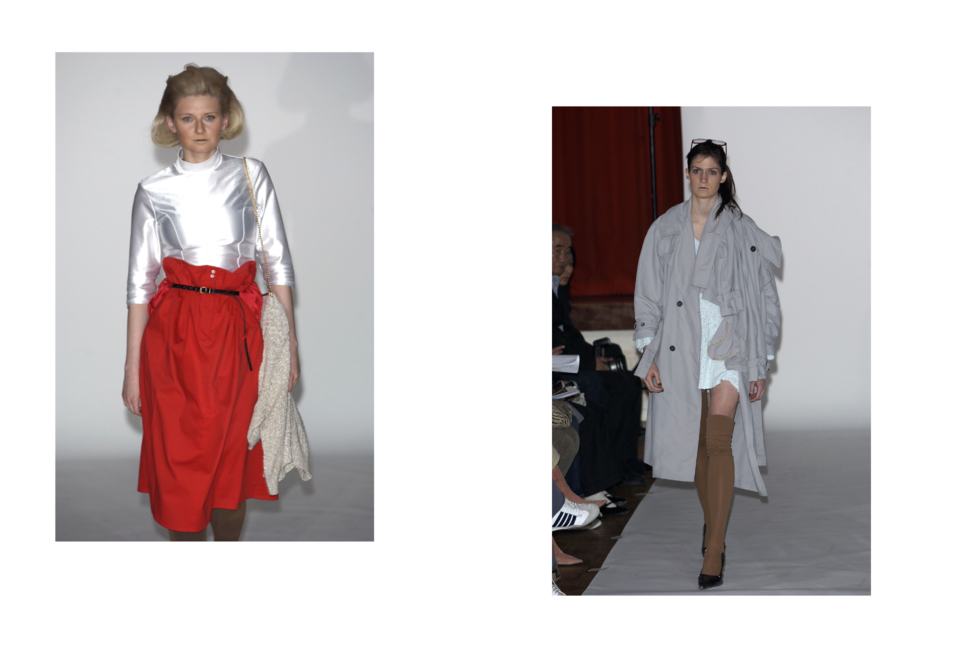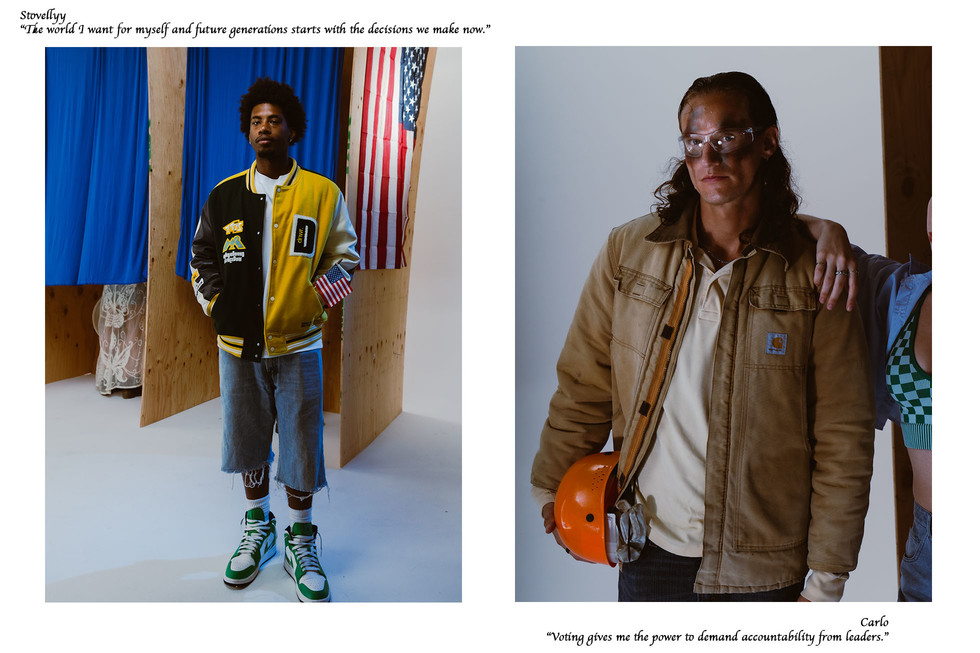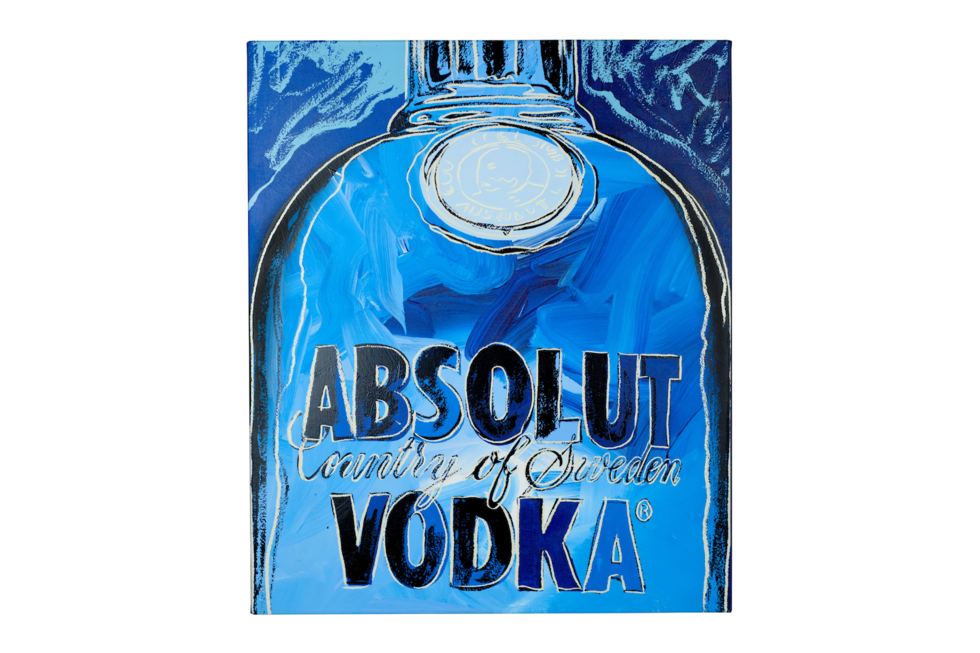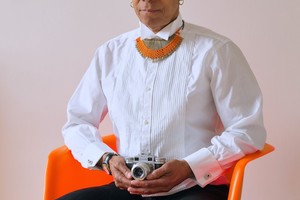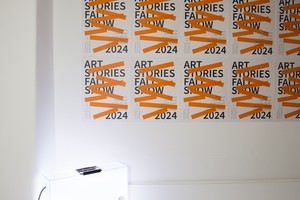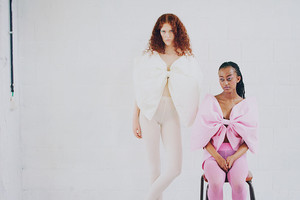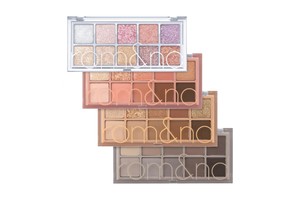Ann-Sofie Back is Back (with a Retrospective)
Written by Natalia Muntean“I needed to make some sort of summary of my work in order to say goodbye and live again,” Ann-Sofie Back says, looking back at her career. Considered one of Sweden’s most influential fashion designers, Ann-Sofie Back is reflecting on her journey in Go As You Please – Ann-Sofie Back, a new exhibition at Stockholm’s Liljevalchs+ Museum, covering her work from 1998 to 2018. “Nicole Walker, my co-curator, and I have intentionally designed the exhibition to be as incohesive as possible,” Back explains. “We needed to make it exciting for us to put the exhibition together and a straight-up retrospective would have bored me to work on.”
Accompanying the exhibition is a comprehensive monograph of the same name, which includes a wealth of visuals showcasing Back’s collections, runway presentations, lookbooks, styling projects, exhibitions, and media coverage. It also features interviews, articles, and writings by Back herself. “The book represents the linear development of my esthetic,” says the designer, “and the exhibition is more of a spontaneous interpretation.”
The book, an extensive overview of Ann-Sofie Back’s vast archive, includes re-published texts by Lauren Cochrane, Anders Edström, Francesca Granata, Ulrich Lehmann, Maria Ben Saad and Mathilda Tham as well as images by photographers such as Richard Prince, Johnny Dufort, Anders Edström, Nick Knight, David Sims, Juergen Teller and Harley Weir. “I chose these writers because they often revealed perspectives on my work that I hadn’t considered,” says Back. Reflecting on the 1999 shoot with Juergen Teller, she recalls, “I expected things like that to happen back then, but now, looking back, I’m almost embarrassed by my younger self.”
The sketches and creative processes behind her pieces are what she is most excited for readers to discover in the monograph, but she regrets not including her portfolio from St. Martin’s, where she graduated in 1998. “It was so good!
I just found it in a box in my storage,” she adds. “It would have also been fun to include all the absurd incidents from that time and the fun we had.”
Over the years, her collections have challenged conventions of femininity, beauty, and glamour. Reflecting on her evolution, Back says she’s come full circle: “I’m back where I started—in 1998.”
And her advice for young designers hoping to make an impact? “I don’t give advice,” she says straightforwardly.
Whether Back will return to fashion remains open-ended. “I don’t know. Anders Edström and I did a shoot for the exhibition, revisiting my old designs with non-models in the suburb where I grew up. We agreed it would be our last shoot—but then I saw the Sugababes are touring again, so who knows?” For now, Back is designing interior objects under the name Gnilmyd Kcab.
The monograph will be launched on November 7 at Liljevalchs, and the exhibition will be available from November 8, 2024, to February 23, 2025.
Photo credit: @annsofie_back_archive and courtesy of Liljevalchs Museum




